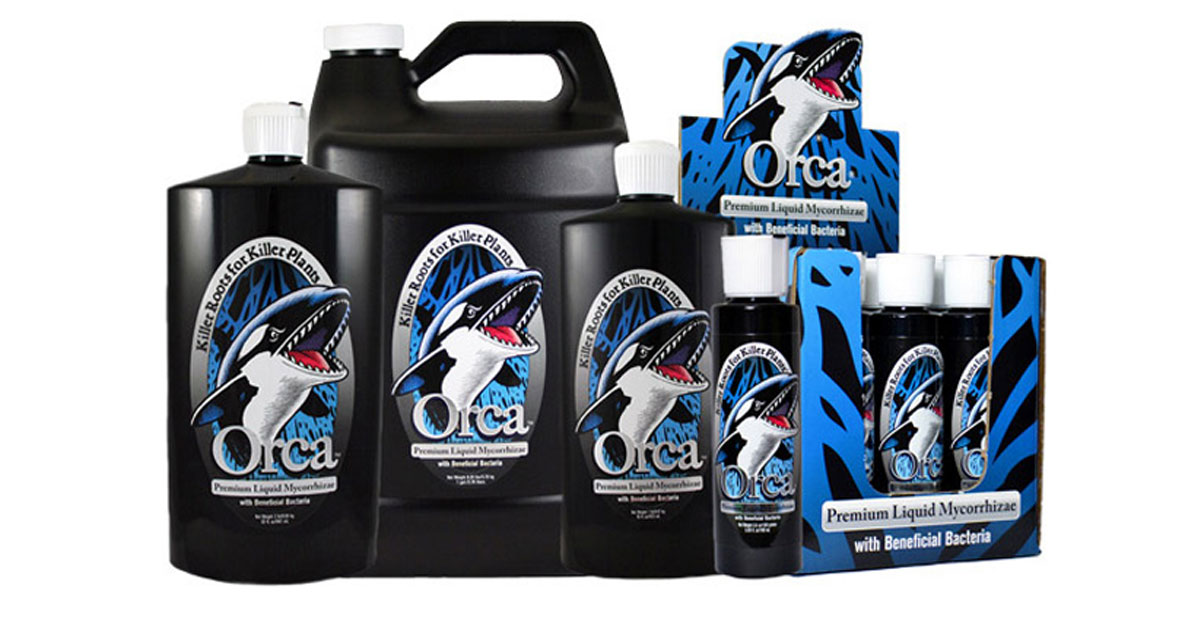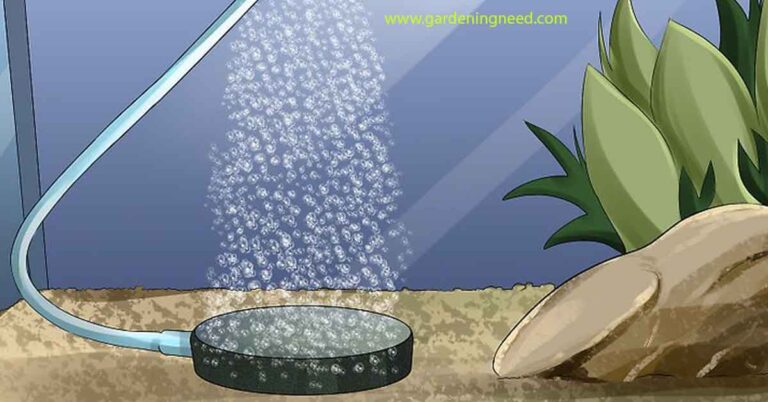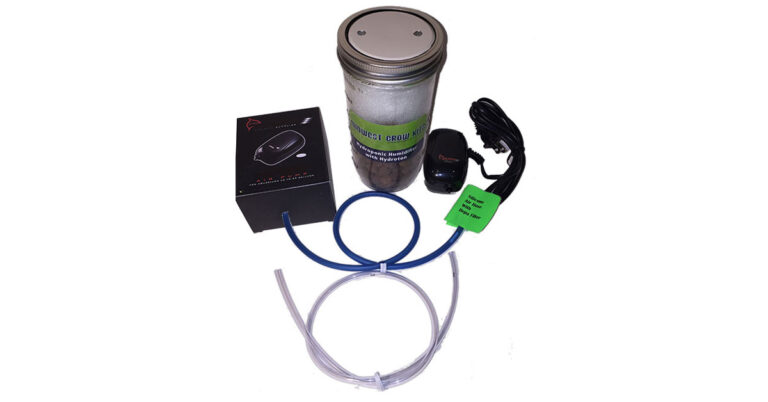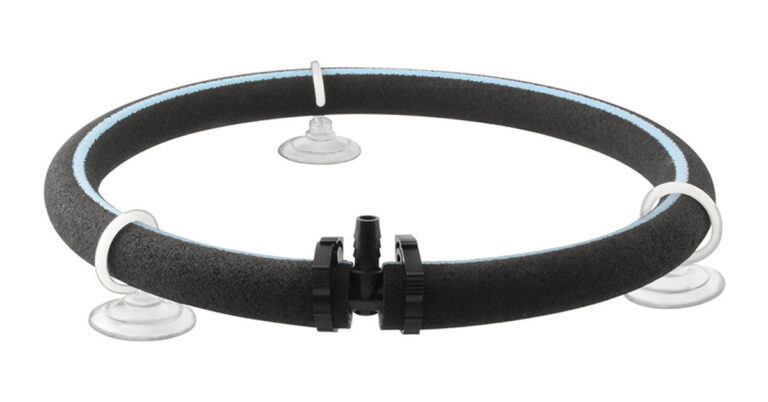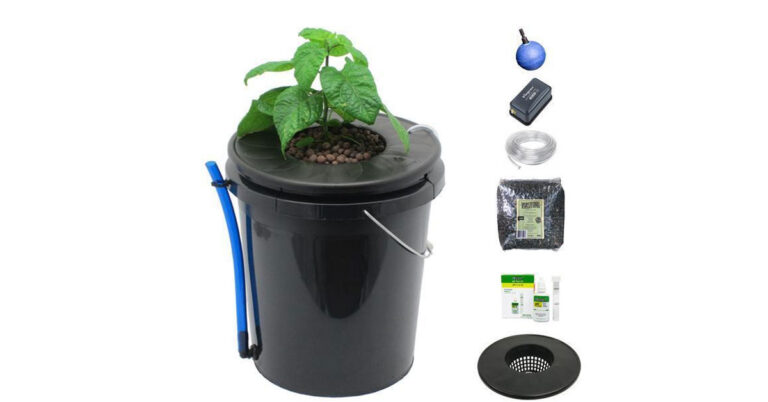Maximizing Growth and Efficiency Orca Hydroponics Success
In the realm of innovative agriculture, one name stands out: orca hydroponics. This cutting-edge method has emerged as a game-changing solution for both hobbyists and commercial growers alike, providing an efficient and eco-friendly way to cultivate plants.
Orca hydroponics isn’t merely a trend; it’s a substantial leap forward in the evolution of sustainable farming practices. By harnessing the natural abilities of beneficial microbes, known as orca, this system takes hydroponic farming to new heights.
How It Works
Orca hydroponics builds on traditional hydroponic principles, yet adds a unique twist by introducing specific microbes to enhance plant growth. These organisms, similar to the symbiotic relationship found in nature, work in harmony with the plants to increase nutrient uptake, promote robust growth, and reduce the need for synthetic fertilizers.
The Benefits and Advantages
When it comes to modern agriculture, efficiency and sustainability are key. Orca hydroponics offers both. Here’s why this method is gaining traction among farmers and gardening enthusiasts:
– Eco-Friendly: By relying on natural processes, orca hydroponics reduces the reliance on chemicals, contributing to a cleaner environment.
– Enhanced Growth: The symbiotic relationship between the orca microbes and the plants accelerates growth, yielding healthier and more bountiful crops.
– Cost-Effective: With lower resource demands and fewer required inputs, orca hydroponics proves to be a cost-saving choice for growers of all scales.
Embrace the Future with Orca Hydroponics
In an age where sustainability and innovation go hand in hand, orca hydroponics presents a compelling option for those looking to redefine their farming practices. Its adaptability, efficiency, and alignment with environmental stewardship make it a natural choice for the 21st-century grower.
Whether you’re a hobbyist gardener or a commercial farmer, orca hydroponics offers a path to success. Embrace the future of agriculture and explore the world of orca hydroponics today. It’s time to grow with the flow.
History of Orca Hydroponics
The history of orca hydroponics is a testament to human ingenuity and the endless pursuit of agricultural advancement. From its nascent stages to its current prominence, orca hydroponics has evolved into a driving force in sustainable farming practices. Here’s a glance at the key milestones that have shaped this remarkable journey:
Roots in Traditional Hydroponics
Orca hydroponics’ foundations are deeply intertwined with the development of traditional hydroponics. Building upon the knowledge and principles of soilless cultivation, the idea to integrate beneficial microbes – the orca – came to the forefront. This was a groundbreaking step, allowing for a more natural and symbiotic relationship between plants and microbes.
Emergence of Orca Microbes
The discovery and application of orca microbes marked a turning point in the world of hydroponics. Researchers and innovators began to see the potential of these natural helpers, which played a vital role in nutrient absorption and disease resistance. The name “orca” itself, derived from the organic compounds they produce, became synonymous with this new wave of sustainable farming.
Adoption and Growth: Orca Hydroponics Takes Flight
In the years that followed, orca hydroponics gained traction among growers worldwide. Its ecological benefits, coupled with the promising results in plant growth, made it an attractive alternative to conventional methods. Commercial applications flourished, with numerous farms embracing orca hydroponics as their preferred cultivation technique.
Orca Hydroponics Today: A Sustainable Future
The current landscape of orca hydroponics reflects a maturing and thriving field. Its adaptability to various crop types, cost-effectiveness, and alignment with environmental values continues to attract new adherents. Research and innovation persist, with ongoing efforts to refine and expand the applications of orca hydroponics.
From humble beginnings to a global movement, the history of orca hydroponics is a rich and inspiring story. It stands as a beacon of what’s possible when creativity meets commitment, leading the way towards a more sustainable and prosperous future in agriculture.
Products Offered by Orca Hydroponics
Orca hydroponics is more than a method; it’s a system that offers a wide range of products designed to optimize the growing process. These products, each crafted with precision and an understanding of plant needs, provide growers with the tools to succeed in this innovative agricultural field. Here’s a closer look at what orca hydroponics has to offer:
Orca Microbial Inoculants
These specialized formulas contain the beneficial orca microbes essential for the hydroponic system. They assist in nutrient absorption, promote robust growth, and enhance plant resistance to diseases. Available in various formulations, orca microbial inoculants are a cornerstone of the orca hydroponics approach.
Nutrient Solutions Tailored for Orca Hydroponics
Understanding the unique requirements of orca hydroponics, manufacturers have developed nutrient solutions that align perfectly with this system. These blends ensure that plants receive the balanced nutrition they need, working in synergy with the orca microbes for optimum growth.
Orca Hydroponics Grow Kits
For beginners and seasoned growers alike, orca hydroponics grow kits provide an all-in-one solution. These kits come complete with inoculants, nutrient solutions, growing mediums, and detailed instructions. It’s a hassle-free way to dive into the world of orca hydroponics.
Environmentally-Friendly Growing Mediums
Orca hydroponics emphasizes sustainability, and this is reflected in the growing mediums offered. From coco coir to perlite blends, these mediums are designed to work in harmony with the orca microbes, providing an eco-friendly foundation for plant growth.
Consultation and Support Services
Orca hydroponics isn’t just about products; it’s about building a community of growers. Many providers offer consultation and support services, guiding newcomers, and helping experienced farmers refine their practices. It’s a commitment to success and growth in every sense of the word.
In conclusion, the products offered by orca hydroponics encompass a holistic approach to farming. From specialized inoculants to grow kits tailored for success, these offerings represent a comprehensive toolkit for anyone looking to explore or expand their venture into orca hydroponics. With these tools at your disposal, the potential for growth is not just in your plants but in your farming future.
Pros and Cons of Orca Hydroponics Systems: A Balanced Perspective
Orca hydroponics has taken the agricultural world by storm, offering an innovative approach to soilless farming. As with any method, there are both advantages and challenges to consider. Here’s an unbiased look at the pros and cons of orca hydroponics systems to guide growers in making informed decisions.
Pros of Orca Hydroponics
1. Enhanced Growth: By leveraging the natural abilities of orca microbes, plants grow faster and healthier, leading to improved yields.
2. Environmentally Friendly: The symbiotic relationship between orca microbes and plants reduces the need for synthetic fertilizers, aligning with sustainable practices.
3. Adaptability: Orca hydroponics can be applied to various plant types, making it versatile for different farming goals.
4. Cost-Efficiency: With fewer required inputs and a more efficient nutrient utilization, orca hydroponics can be a cost-saving approach in the long run.
5. Improved Disease Resistance: The orca microbes enhance the plant’s natural defenses against diseases, reducing the reliance on pesticides.
Cons of Orca Hydroponics
1. Initial Setup Cost: Investing in specialized equipment and products for orca hydroponics can be more expensive initially, compared to traditional hydroponics.
2. Learning Curve: Understanding the intricacies of orca hydroponics may require time and education, particularly for those new to hydroponics.
3. Potential Microbial Imbalance: Managing the balance of orca microbes within the system can be challenging and requires careful monitoring.
4. Dependency on Specific Products: Successful orca hydroponics often relies on particular products tailored for this system, which might limit flexibility.
Orca Hydroponics: Weighing the Options
Orca hydroponics presents an exciting opportunity for those looking to explore innovative farming practices. Its benefits are substantial, from enhanced growth to environmental stewardship. However, the challenges should not be overlooked. Careful consideration, proper education, and a willingness to adapt are essential for success in this field.
In the end, the choice to pursue orca hydroponics is a personal one, reflecting individual goals, values, and resources. With this balanced view of the pros and cons, growers are better equipped to make informed decisions, embracing the opportunities and navigating the challenges of this remarkable agricultural method.
How to Winterize Your Orca Hydroponics System
Winterizing your orca hydroponics system is essential to preserve its functionality and protect your investment during the colder months. Whether you’re pausing production or adapting to winter crops, proper winterization can be the key to seamless transitions between seasons. Here’s a step-by-step guide to ensure your orca hydroponics system thrives even in winter:
Evaluating Your System’s Winter Needs
Understanding your specific system’s needs is the first step. Consider factors like your geographic location, the types of plants you are growing, and the system’s overall exposure to winter conditions.
Adjusting Nutrient Solutions
Winter may require adjustments to the nutrient solutions used in orca hydroponics. Ensuring a proper balance that aligns with the colder temperatures will support plant health and the stability of the orca microbial community.
Regulating Temperature
Keeping the water temperature within the ideal range for orca hydroponics is vital. Utilize water heaters or insulation to maintain consistent temperatures, thus preserving the function of the orca microbes.
Monitoring and Controlling Humidity
Winter can bring dry air, affecting both plants and orca microbes. Consider using humidifiers or other moisture control methods to maintain optimal humidity levels within the growing environment.
Protecting Equipment
Exposed equipment can suffer in freezing conditions. Insulate pipes, cover pumps, and take other protective measures to prevent damage. In some cases, relocating the system to a more protected location might be wise.
Choosing Winter-Friendly Plants
If continuing production, select plants that are well-suited for winter growth in orca hydroponics. Hardy herbs and leafy greens are popular choices for winter cultivation.
Conducting Regular Checks
Winterizing is not a one-time task. Regularly check the system throughout the winter for any signs of issues, from frozen components to changes in the orca microbial balance.
Consulting Expert Resources
If in doubt, don’t hesitate to consult expert resources or seek professional assistance. Many orca hydroponics providers offer guidance specifically tailored to winterizing systems.
Embracing Winter with Orca Hydroponics
Winterizing your orca hydroponics system doesn’t have to be a daunting task. With proper planning, adjustments, and regular monitoring, you can navigate the winter months with confidence. Remember, each system is unique, so understanding your specific needs and being proactive in addressing them will lead to a successful winter season.
By embracing these steps, you ensure that your orca hydroponics system continues to flourish, reflecting the resilience and adaptability that are hallmarks of this innovative farming method.
Troubleshooting Guide for Orca Hydroponics Systems
Orca hydroponics systems offer immense benefits but, like any sophisticated technology, they can present challenges. Whether you’re a beginner or a seasoned grower, understanding common problems and their solutions is essential for maintaining a thriving garden. Here’s a comprehensive troubleshooting guide for orca hydroponics systems:
Problem: Imbalance in Orca Microbial Community
Solution: Regularly monitor microbial levels and adjust as needed with the correct inoculants. Ensure proper nutrient balance and avoid overusing chemicals that might disrupt the orca microbes.
Problem: Nutrient Deficiency or Toxicity
Solution: Test nutrient levels frequently and adjust solutions according to the specific needs of your plants and orca hydroponics system. Utilize quality orca-specific nutrients for optimal balance.
Problem: Temperature Fluctuations
Solution: Invest in water heaters or chillers to maintain a consistent temperature that supports both plant growth and orca microbial activity. Insulate the system in extreme weather conditions.
Problem: Clogged or Leaking Components
Solution: Regularly inspect and clean all components of your system, including pipes, pumps, and filters. Replace worn parts promptly to prevent leaks and clogs.
Problem: Algal Growth
Solution: Control light exposure to the nutrient reservoir and regularly clean all surfaces to prevent algal growth, which can compete with orca microbes and plants for nutrients.
Problem: Pest Infestations
Solution: Implement preventive measures like proper sanitation and natural pest deterrents. Monitor plants closely for early signs of infestation and address promptly with suitable treatments.
Problem: pH Imbalances
Solution: Regularly test and adjust the pH levels of your nutrient solutions, following guidelines specific to orca hydroponics. A stable pH ensures optimal nutrient absorption and microbial function.
Problem: Poor Plant Growth
Solution: Assess all elements of the orca hydroponics system, from nutrient balance to microbial health, to pinpoint underlying issues. Consult expert resources if problems persist.
Problem: Systemic Failure or Complex Issues
Solution: Don’t hesitate to seek professional assistance or contact the manufacturer for support when dealing with complex or systemic failures.
Successful Troubleshooting with Orca Hydroponics
A proactive and informed approach to troubleshooting can save both time and resources, ensuring that your orca hydroponics system continues to thrive. Keep this guide handy, and remember, ongoing education and a willingness to adapt are crucial to success in orca hydroponics. Whether a minor hiccup or a significant challenge, solutions are within reach, empowering you to cultivate with confidence.
Conclusion
The journey into orca hydroponics is an exciting venture into the frontier of modern agriculture. From understanding its rich history to implementing and maintaining a thriving system, the path is filled with opportunities for innovation, sustainability, and growth.
Orca hydroponics represents more than a farming technique; it’s a commitment to environmental stewardship, efficiency, and adaptability. Whether you’re navigating the challenges of winter, troubleshooting unexpected issues, or simply reveling in the joy of a flourishing garden, orca hydroponics offers a dynamic and rewarding experience.
The products, methods, benefits, and even the challenges of orca hydroponics all contribute to a complex and engaging field that beckons to growers of all levels. The steps provided throughout this guide illuminate the way, offering insights and practical advice to cultivate success.
In a world where resource conservation and sustainability are more crucial than ever, orca hydroponics stands as a testament to human creativity and the profound connection between nature and technology.
Embrace orca hydroponics, explore its potential, and join the movement that’s shaping the future of farming. Your garden awaits, ripe with possibility.

